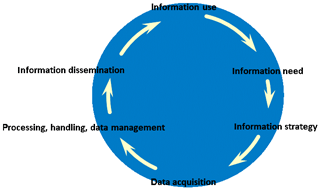Why we urgently need a public subsidence information service in the Netherlands
Geological surveys traditionally assess past and present processes in the subsurface, focusing mainly on exploration and extraction of natural resources. Applications like these determined how geological surveys designed and operated their information services. In recent years, information needs are rapidly evolving in conjunction with emerging societal challenges such as climate change and the related energy transition. Both challenges have a geological component and have potentially large implications for future land use. Subsidence is a particularly wicked challenge to the Dutch lowlands. These lands are drained to keep them arable and habitable, while drainage causes subsidence. They overlie hydrocarbon and other geological recourses of which the production causes subsidence too. The effects of both – increased flood risk – are aggravated by climate change and sea-level rise. Managing these risks requires knowing and understanding the connection between subsurface processes and surface movement. This knowledge must be quantitative. Subsidence forecasts can be improved by squeezing all possible information out of a variety of local data, ranging from geological data that bear information on subsidence potential to geodetic data which allow for subsidence monitoring. This paper will substantiate the value of subsidence information for governance in sensitive areas, using examples in The Netherlands. In particular, the potential role of a nation-wide, freely accessible repository for subsidence data will be highlighted.






